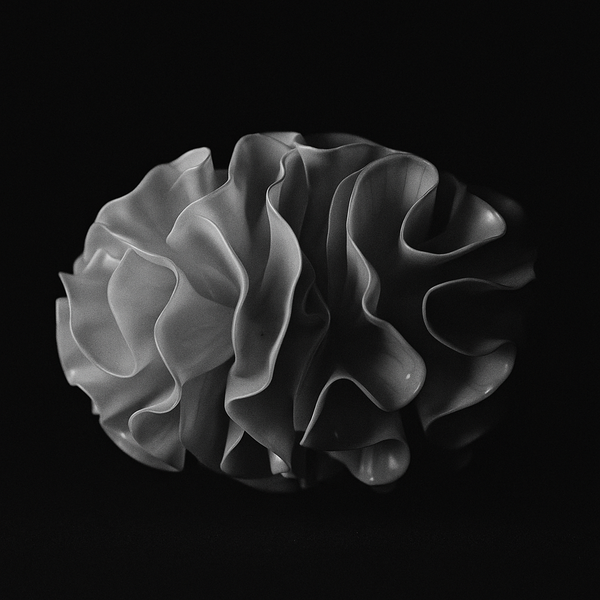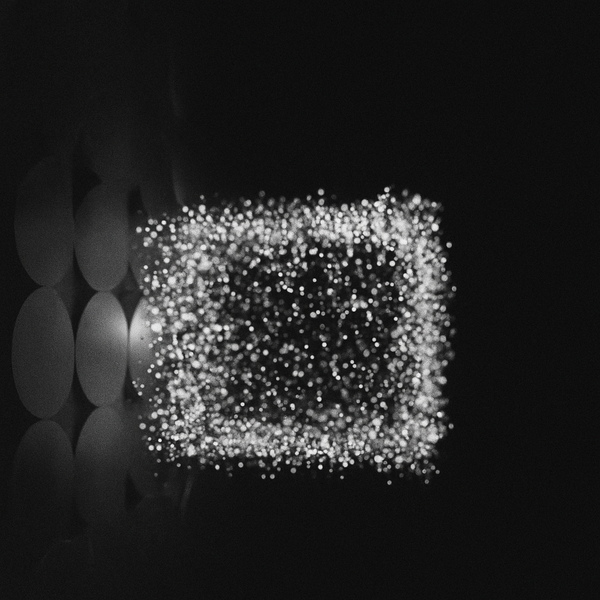How Metallica's Horror and Neanderthal Art Speak to Creative Guardianship

Kirk Hammett collects horror memorabilia with the devotion of a medieval knight protecting holy relics. The Metallica guitarist's collection includes vintage movie posters, monster masks, and enough artifacts to mount major museum exhibitions—he's loaned pieces to the Peabody Essex Museum, Royal Ontario Museum, and others. And here's the beautiful thing: between 100,000 and 33,000 years ago, Neanderthals did something weirdly similar. They took chunks of red and yellow ocher and shaped them into crayons, preserving them so carefully that archaeologists can still hold them today, can still see the wear patterns where these ancient tools contacted surfaces under pressure, revealing how Neanderthals used them to draw or mark like pencils.
This is what humans do. We make things, and then we protect the things we make, and then we protect the things that protect the memory of the things we made. It's guardianship all the way down.
Hammett's horror collection isn't accumulation. It's active preservation. When he buys a vintage poster or mask, he's not buying latex and paint. He's buying the responsibility to keep alive moments from cinema history that could easily vanish. These artifacts are fragile. They require specific temperature control, careful handling, protection from light. Hammett has become their keeper, their translator between past and future.
Those Neanderthal ocher crayons discovered in Crimean caves tell us something profound about our extinct cousins. They weren't making tools for survival—they were making tools for expression. The crayons show signs of deliberate shaping, of being carried from place to place, of being used and reused. Someone cared enough to make these pigments portable, to turn raw earth into something that could leave a mark. And then someone cared enough to keep them, to carry them from site to site.
This is the thread that connects a heavy metal guitarist's monster masks to ancient art supplies: the understanding that creativity needs champions. Not creators alone, but keepers. Not artists alone, but archivists.
Hammett has described his role as both protector and curator, and in museum exhibitions his collection tells stories about the artists who created these works, the theaters that displayed them, the audiences who experienced them. He's not hoarding—he's hosting. Every artifact becomes a doorway to a story, and every story connects to ten more stories, until you realize his collection is a three-dimensional map of how horror movies taught America to process its fears.
The Neanderthals who made those ocher crayons were doing something similar, even if we can't know their specific stories. They were creating tools for communication across time. These pigments appear at multiple Neanderthal sites, suggesting they were building a visual language. The crayons weren't for making marks alone; they were for ensuring marks could continue to be made.
Modern museums understand this deeply. When the Museum of Modern Art preserves a video game or the Library of Congress selectively archives tweets of national interest, they're not being cute or trendy. They're recognizing that culture happens everywhere, all the time, and someone needs to catch it before it dissolves. Hammett's collection will likely end up in a museum someday—he's already loaned pieces to exhibitions—and when it does, those vintage horror artifacts will sit in climate-controlled cases a few galleries away from ancient ocher crayons. Both will be saying the same thing: someone thought this mattered enough to save.
But here's where it gets interesting. The act of preservation changes the thing being preserved. Hammett's horror posters aren't hanging in theater lobbies anymore, getting rained on and torn down and replaced. They're in protective frames, under UV-resistant glass, transformed from advertisements into art. Those Neanderthal crayons aren't making marks on cave walls anymore; they're making marks on our understanding of what Neanderthals were capable of. The guardianship itself becomes part of the story.
This might be why we feel such a pull toward collectors and collections. It's not materialism—it's recognition. We see someone taking care of something that could easily be lost, and we understand instinctively that this is one of the most human things a person can do. When Hammett spends an afternoon carefully cataloging a new acquisition, noting its provenance and condition, he's participating in the same impulse that made someone between 100,000 and 33,000 years ago wrap those ocher crayons carefully and carry them to the next camp.
The real magic is that this guardianship is contagious. Show someone your carefully preserved comic book collection, your vintage vinyl, your grandmother's recipes written on index cards, and suddenly they're thinking about what they should be protecting. Culture propagates not through creation alone but through care. Every keeper inspires more keepers.
So maybe the next time you see someone obsessing over their collection—whether it's horror movie posters or ancient pigments or first-edition books or screenshot folders of their favorite tweets—recognize it for what it is: an act of love across time. They're not keeping objects. They're keeping the possibility that someone in the future will understand what someone in the past felt was worth saving. They're the bridge between the Neanderthal with the ocher crayon and whatever we become next.
And those horror artifacts in Kirk Hammett's collection? They're not cinema history alone. They're proof that some things are too important to let disappear, that someone will always step forward to say: this matters, I'll keep it safe, let me tell you why you should care. The artifacts endure because Hammett ensures they endure. The story continues because someone chose to continue it.
As Hammett himself recently explained on The Metallica Report: "I feel like a protector of this stuff. I feel like I'm a curator of this stuff."
That's guardianship. That's humanity. That's how a chunk of red ocher becomes a crayon becomes a museum piece becomes a reminder that we've always been exactly who we are: creatures who create, creatures who preserve, creatures who can't help but care about what happens to the beautiful, terrible, wonderful things we make.
References
- https://www.livescience.com/archaeology/human-evolution/crimean-stone-age-crayons-were-used-by-neanderthals-for-symbolic-drawings-study-claims
- https://www.pem.org/press-news/kirk-hammetts-horror-and-sci-fi-art-collection-goes-on-view-at-pem
- https://www.atlasobscura.com/articles/horror-movie-posters-kirk-hammett-metallica-collection
- https://www.iflscience.com/42000-year-old-yellow-crayon-suggests-neanderthals-created-art-and-its-still-sharp-too-81384
- https://www.espguitars.com/articles/2008002-kirk-hammett-horror-collection-at-peabody-essex-museum
- https://www.rom.on.ca/media-centre/news-release/movies-monsters-mad-science-and-metallicas-kirk-hammett-come-together-jaw
- https://www.imdb.com/title/tt5637518/synopsis
- https://www.cbsnews.com/sanfrancisco/news/kirk-hammetts-monster-movie-poster-collection-goes-on-exhibit
- https://blabbermouth.net/news/metallicas-kirk-hammett-on-his-collection-of-horror-movie-memorabilia-i-feel-like-a-protector-and-curator-of-this-stuff
Models used: gpt-4.1, claude-opus-4-1-20250805, claude-sonnet-4-20250514, gpt-image-1




